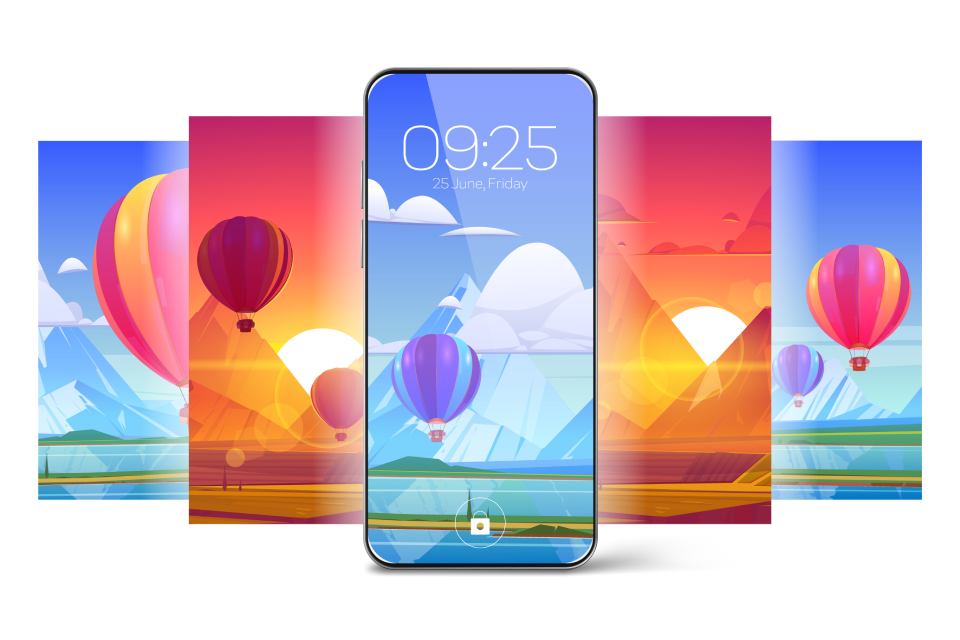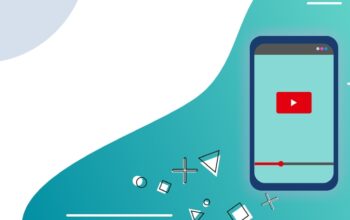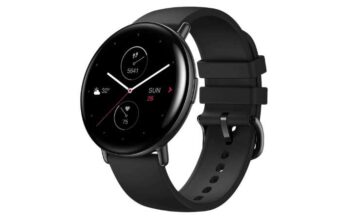Prolonged Use Of The Screen Can Pose A Danger To The Health Of Our Eyes, But Luckily There Are Tools To Protect Them
The smartphone has now become the device we use the most every day: any activity passes through it, from communications to research, from playing to studying, from work to browsing social networks.
On average, between digital teaching, online lessons, smart working, and entertainment, we spend at least 3 hours and 43 minutes every day in front of the screen, a long time if we consider about 8 hours of sleep a night ( Comparitech research ). The inconveniences due to prolonged use of the smartphone include, among others, eye strain, headaches, and sleep disturbances. The “dry eye syndrome” also affects the youngest, who report more discomfort and inflammation. This is why we must be careful to protect our health, seize all the opportunities this tool offers, and reduce possible risks.
So here are 5 tips to follow to protect your eyes while using your smartphone. On the one hand, these are functions and settings to be activated; on the other hand, they are indications to always maintaining the correct posture.
Optimize The Brightness Of The Screen
The first step is to make sure you adjust the brightness of your screen so that it is neither too bright nor too dark – high brightness can strain your eyes, and too low brightness can also cause extra strain on your eyes.
To follow the rhythms and natural brightness changes between day and night. You can activate the automatic night mode, which will apply a filter to the screen with a slightly yellowish tint in the evening to counteract the blue light, which would appear to be harmful to our well-being.
To activate it on Android, go to Settings and look for the Display or Screen section: inside, depending on the model of your smartphone, you will find Night Mode, Eye Protection, Reading Mode, or Night Mode. You can also set an automatic activation time and an end time.
On iPhone, the mode is called Night Shift, and you can find it in Settings, then Display and Brightness.
Reduce Night-Time Use Of Your Device
Avoiding too much time in front of the screen at night or in low-light conditions can greatly help. It is advisable to try not to use the smartphone just before bed to avoid disturbing sleep and putting strain on the eyes.
In this case, it can help activate the display’s Dark Mode, which will switch from the white interface we are used to to the interface with a black background and allow us to save battery.
On Android, this possibility is found in Settings, Display, and Brightness. While on the iPhone, you can find it as Dark Mode in Settings, Screen, and Brightness.
Maintain The Correct Distance From The Screen
Holding the phone at the right distance from your eyes can help, even for posture. The recommended distance is at least 30-40 cm from the face: the larger the screen, the greater the distance must be.
The general rule is that it should be held so you can see what is there without straining or straining your eyes.
The correct posture shouldn’t make us stay too long in the classic position with the gaze, and therefore the neck, pointing downwards: the ideal would be to stay with the neck and back straight and the eyes looking directly at the screen.
Adjust Font Size
Spending so many hours in front of screens, we must try to adapt them to our characteristics: if the interface characters are too small or too big for us, we can adjust them not to force our eyes.
To do this on Android, look in Settings for the Display and Brightness or Accessibility section, depending on the brand, and click on Text size. Here we can choose the size we want and the proportion of the text concerning the screen.
On iOS, we look for Accessibility in Settings and click on screen and text size. Inside, we can customize the writing on our smartphone by choosing from different possibilities.
Take The Right Breaks
Looking at the screen for a long time makes us blink less and dry our eyes.
It is advisable to take frequent breaks while using the telephone, approximately every 20 minutes, looking away for at least 20 seconds to rest your eyes. This also applies, and perhaps even more so, to computer screens.
Protecting your eyes while using your smartphone is important for your health and well-being. We have not talked about medical advice but about general good rules: if you have a problem, it is always better to seek the advice of a specialist. Now all that remains is to start putting everything into practice.
Also Read: Smart OLED TV: The Top Of The Range Is On Offer With A Discount








